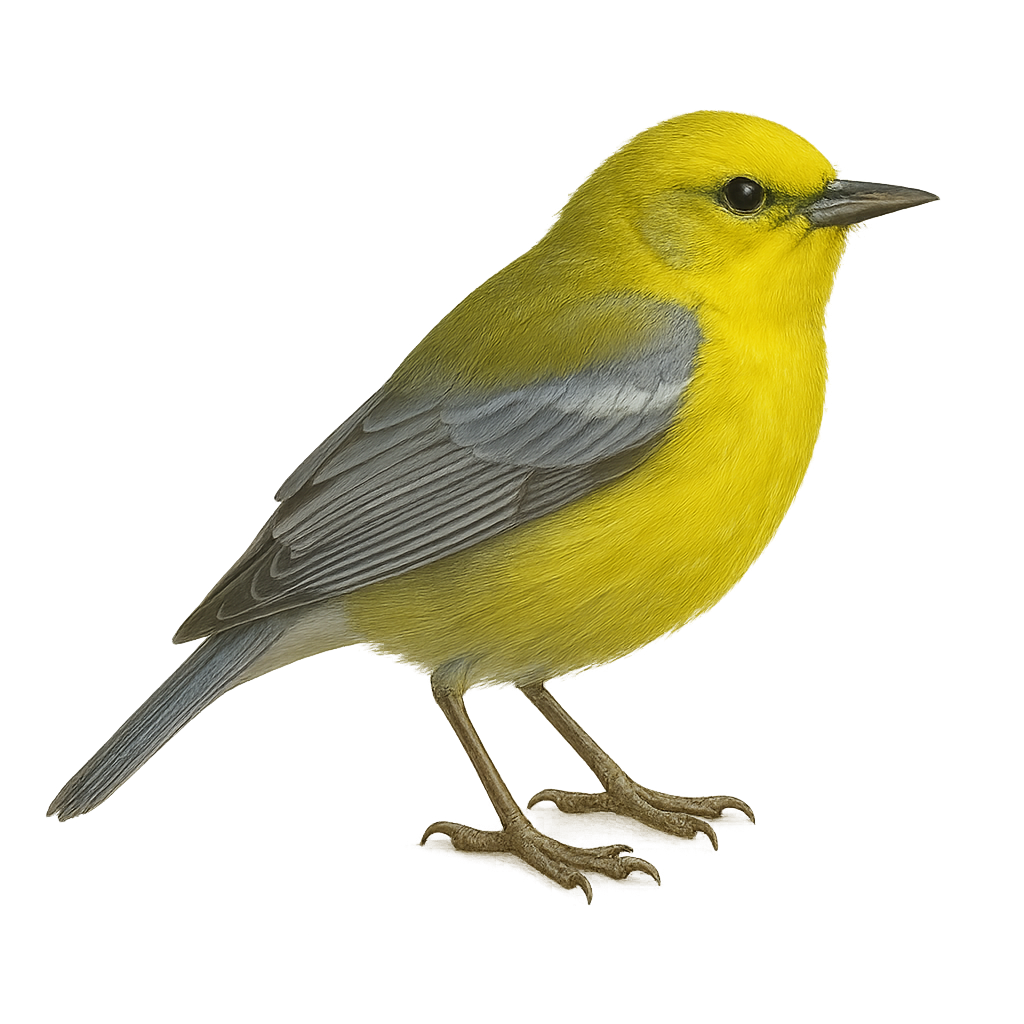Your wildlife photography guide.
Explore the blue-winged warbler in detail, study its behavior, prepare your shots.
Where to observe and photograph the blue-winged warbler in the wild
Learn where and when to spot the blue-winged warbler in the wild, how to identify the species based on distinctive features, and what natural environments it inhabits. The WildlifePhotographer app offers tailored photography tips that reflect the blue-winged warbler’s behavior, helping you capture better wildlife images. Explore the full species profile for key information including description, habitat, active periods, and approach techniques.
Blue-winged Warbler
Scientific name: Vermivora cyanoptera

IUCN Status: Least Concern
Family: PARULIDAE
Group: Birds
Sensitivity to human approach: Suspicious
Minimum approach distance: 5 m
Courtship display: May to June
Incubation: 11-13 jours
Hatchings: May to June
Habitat:
Open forests, thickets, regenerating areas
Activity period :
Primarily active during the day, with peak activity in the morning and late afternoon.
Identification and description:
The Blue-winged Warbler, Vermivora cyanoptera, is a small songbird belonging to the Parulidae family. It is easily identified by its bright yellow plumage and distinctive blue wings. This passerine measures about 11 to 13 cm in length with a wingspan of 17 to 20 cm. The male features a bright yellow crown and a black eye stripe, while the female displays duller colors. It inhabits open forests, thickets, and regenerating forest areas. Its song is a distinctive buzzing sound that echoes through its habitat. The Blue-winged Warbler is migratory, wintering in Central America and spending summers in the eastern United States.
Recommended lens:
400 mm – adjust based on distance, desired framing (portrait or habitat), and approach conditions.
Photography tips:
To photograph the Blue-winged Warbler, it is advisable to use a 400mm lens or longer to capture precise details without disturbing the bird. Look for open forest or thicket areas where these birds are active. Be patient and wait for them to perch on an open branch for a clear shot. Morning is often the best time to observe them, as they are more active and the light is soft. Use a tripod to stabilize your camera and avoid blur.
The WildlifePhotographer App is coming soon!
Be the first to explore the best nature spots, track rutting seasons, log your observations, and observe more wildlife.
Already 1 439 wildlife lovers subscribed worldwide

